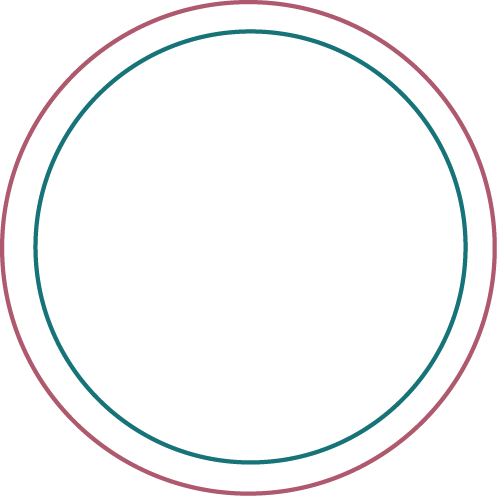Just a few days ago I saw a great and I mean Great with a capital G show. It
was a Rumba band which is incomplete without dancing and thankfully dancers
were there to bring completion to the performace. Physical movement brings to
life music that is already bursting with life. Rumba which has it origins in
the slave societies of the Latin Caribbean, combines fast paced drumming
with singing, while a pair of dancers erotically and evocatively flirt with
a pace and intensity that matches the drumming, in ways that just seem
humanly–> impossible. Rumba dancing captures what it means to be human: to
play, to desire an another, to connect individually. Yet it is a
social affair, the band united together through drumming, a gift of rhythms
for dancers so that they can engage in a flirtatious game of give and
take. It is an embedded and embodied cultural tradition. Out of slavery and
oppression grew forms of expression that said: “you can’t take away those
basic sentiments of human life and love.” Dance in this case is so clearly
language, a text of human passions, sex, desires, flirtatious games of
love which are brought to life through bodies that gleam with sweat. The
drummers don stoic faces of full composure so intimate with the music through
deep cultural knowledge and years of practice. The coolness of composure
contrasts with the sweat pouring through clothing. They work so hard so that
the dancers can play so hard so that the audience can sit in awe
to watch not just a dance but a dance that captures through and through what
it means to be alive.
Raw beauty, cultural exquisiteness, individual vibrancy all mixed together
and I watched with eyes wide open as if I had been blind for years before.
The nighttime dance differed so greatly from the light hours of that same day when I struggled
with the other side of the dance of life, the slower march of death and
decline. I spend most of my days with my mom who suffers from a rare form of
Alzheimers, one that primarily affects her ability to perceive. Distortions
and blurriness overtake clarity and sight. Objects come and go and hide with
no consistency. She moves through the world with great caution, using
baby-steps to navigate what has now turned into unfamiliar territory, even
her own home. She is like a small child grasping and struggling to make out
the world but in an inverse state of the sponge-like learning of babies and
young kids who are beginning to weave a web of neural connections that help
them navigate in the wondrous treachery of life. Her web of life is
unraveling. She finds her self caught in the inexplicably tragic knots of
her web as the pieces of her life-rope tangle her mind and perception as
they fall to pieces.
At night I saw the dancer move with such ease that it seemed like the world
of movement held no boundaries for anyone. But I then can’t help but recall
my mom who struggles not with intricate cultural movements of play and
freedom but mundane tasks of survival: finding a glass, putting on her
clothes correctly, and especially recognizing people’s faces. Apparently, it
is like we all hide behind the same blurry mask. She is able to
differentiate me by location and voice but has lost the ability to recognize
me through appearance. She uses memory, touch, and sound to guide her daily
offerings and takings in life.
The contrast between the two dances astounds me. The dance of life where a
complex web of cultural beauty is built through dance and music stands next
to that of disintegration, which does sit and exist all around us, but I
feel it a bit more tangibly and palpably right now spending time with that
person who brought me my own life. One can’t help to think of the connection
between the two. Does the death of one web feed the forms of energies and
life that explode without question as alive? Does the extreme complexity,
and beauty of one have to be matched by the incredible tragedy and
disintegration of the other?
Answers to these question are evasive as life itself though your mind can’t
help but meander with some possible connection between the two. But I mostly
feel stuck somewhere in between these two worlds, these two dances, in a
nebulous limbo. Some days, both feet are firmly in my mother’s tangled web,
feeling sad and dejected over how little I can seem to help. I feel myself
entangled in her own web of despair knowing that I only feel the rough edges
of a much larger surface of pain. Other times I am struck by the magic of
life where radiance and energy are almost overpowering, the power fueled by
the contrast of the other dance. Back and forth I go, feeling completely
divorced from what used to be my life. Stuck between the two great dances of
life leave me in a state of mostly inward reflection, grasping for webs
that run in opposing directions.


